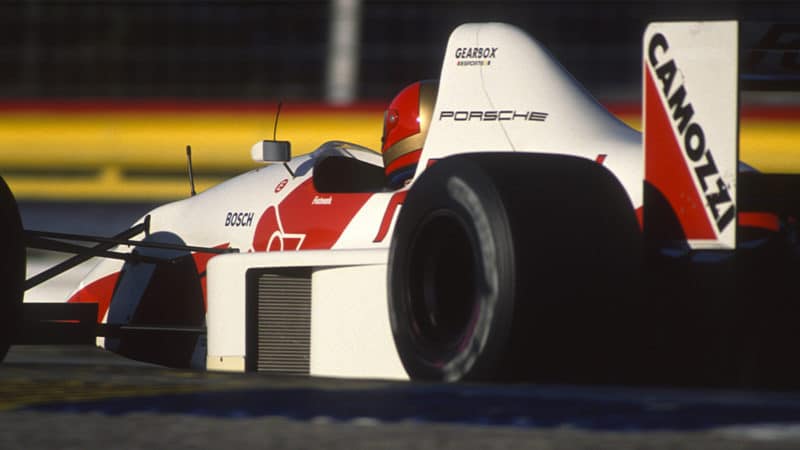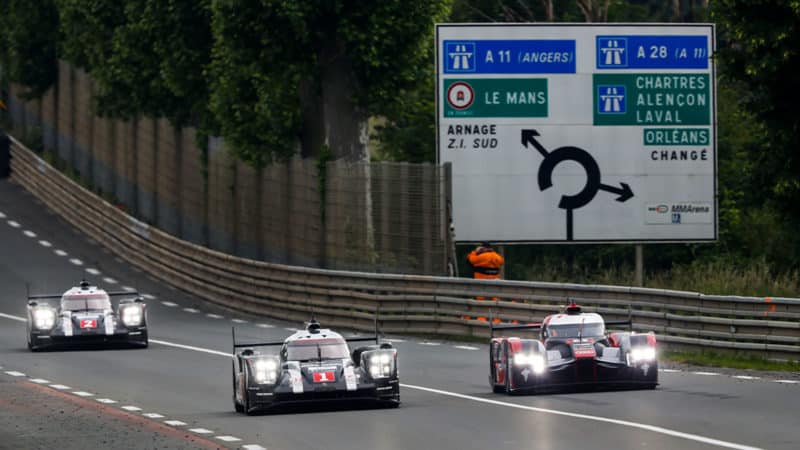However there are many other changes, including limited freedom on the lower part of the engine with tighter prescriptions, and a focus on the upper part (i.e. “combustion area and the associated components”) as the battleground between manufacturers.
There will be simplification in many areas, including more standardisation.
The MGU-H may be gone, but the ERS will be more powerful, and it’s another area where competition will be encouraged – and crucially the FIA says that the rules “will aim to increase the road relevance of the cells, power electronics and MGU-K [which generates electricity under braking and uses it to power the car when accelerating].”
Tied to the hardware changes is a move to fully sustainable fuels for 2026, something that new and existing manufacturers have welcomed for obvious marketing reasons, as well as a genuine desire to lead the way forward for the industry as a whole.
Indeed, the FIA explains it thus: “Fully sustainable fuel is a cornerstone of the 2026 regulations and all fuel components must come from sustainable sources – either non-food-bio-derived, from genuine municipal waste or from sustainable carbon capture.

Red Bull has been investing since last year in its own engine facility, but now Porsche will begin to oversee this, along with a number of ex-Honda employees
Getty Images
“This ensures that no new fossil carbon will be in the fuels used in F1 and therefore no new fossil carbon will enter the atmosphere from an F1 car exhaust.
“Fuel regulations encourage any sustainable production method to be followed without prejudicing on-track performance so fuel suppliers can use F1 as a step in their own pathway to global and commercial scaling up of sustainable technology.”







